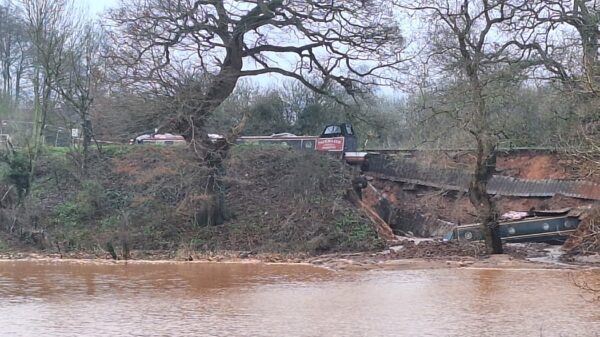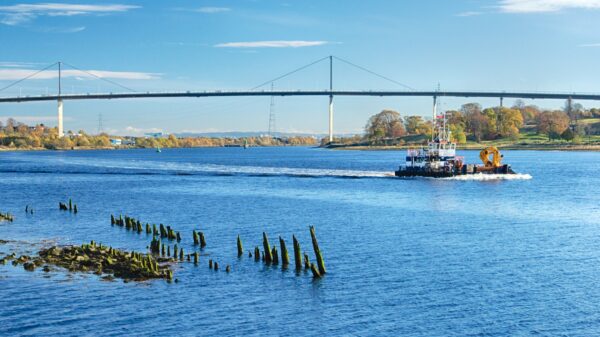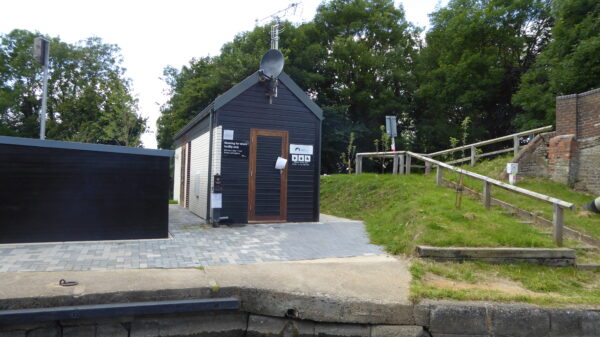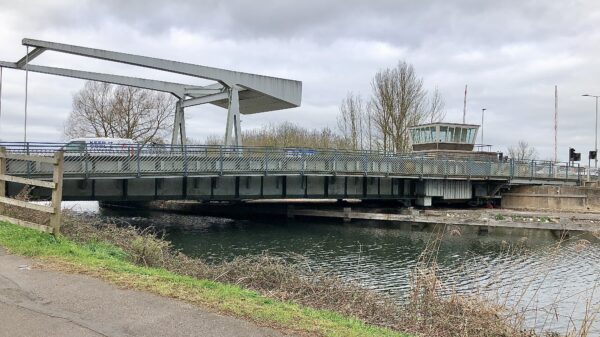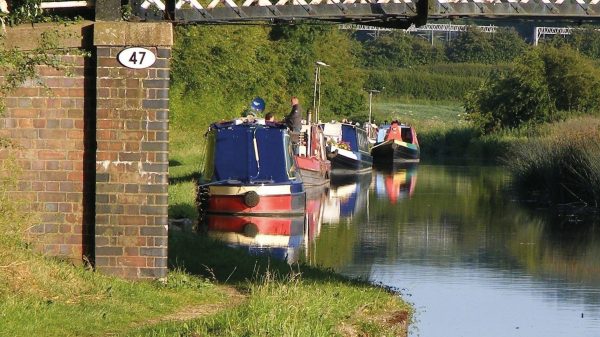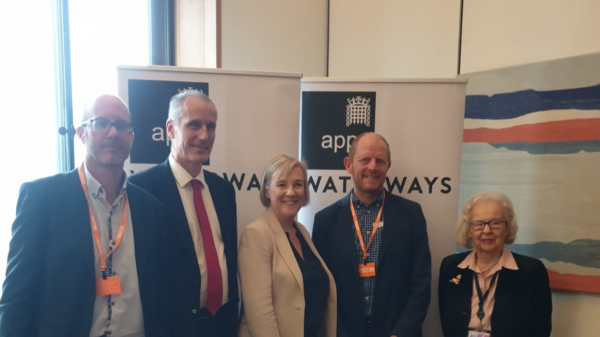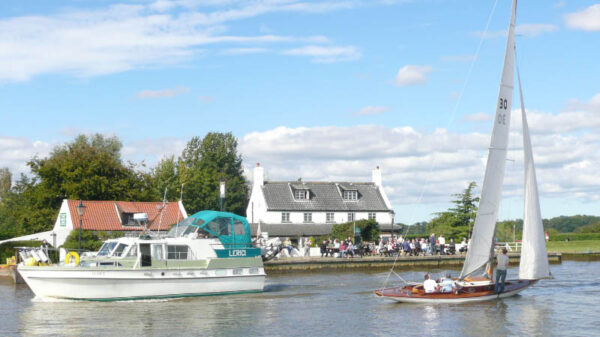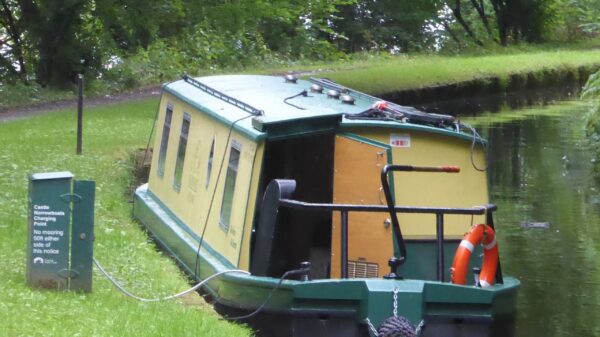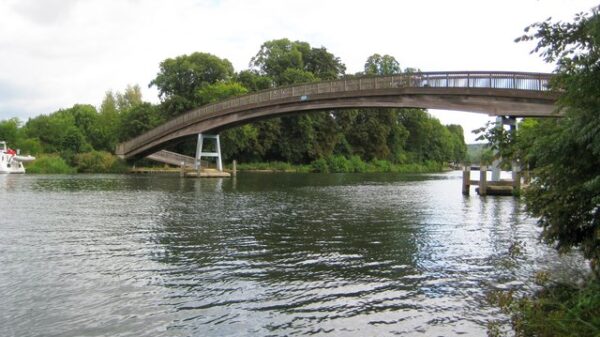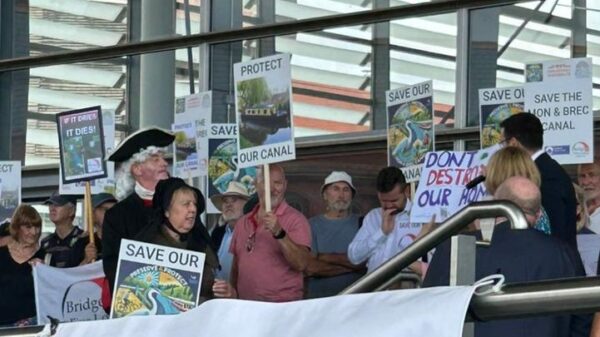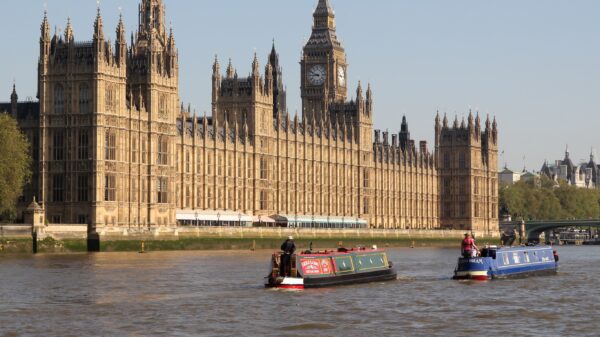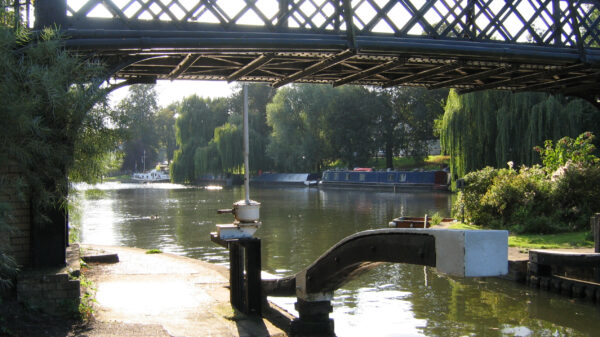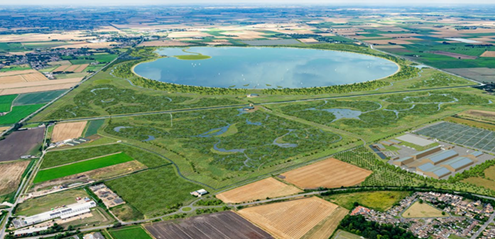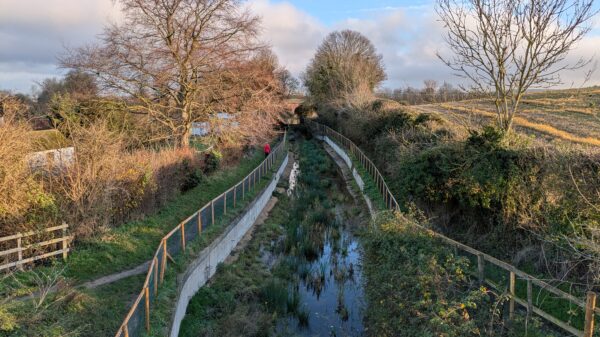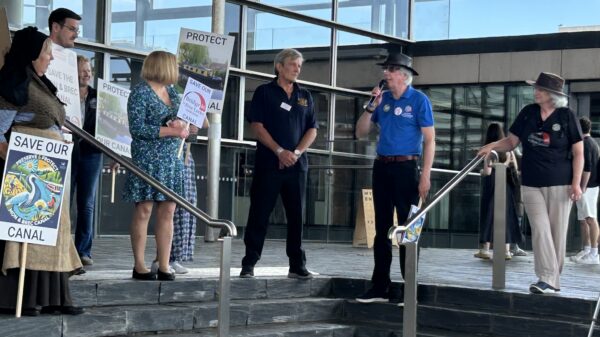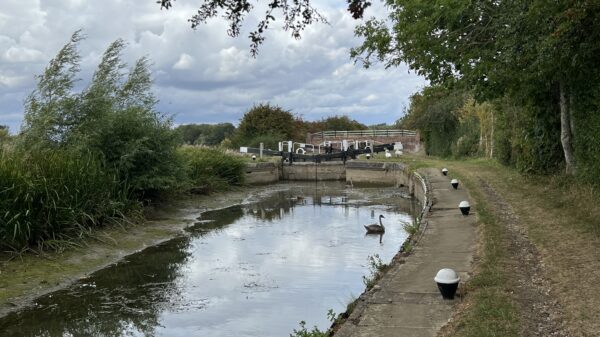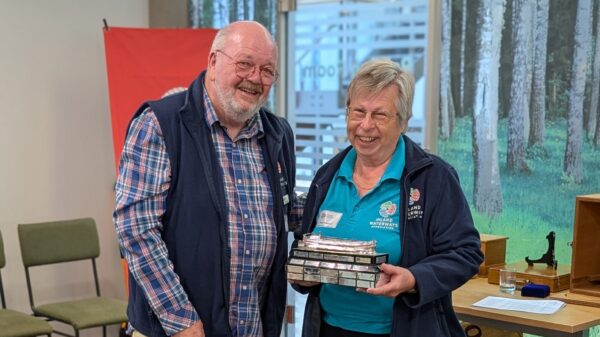Severn Trent Water, Affinity Water, and Canal & River Trust have consulted on plans to transfer available treated recycled water from the Birmingham area, via the canals, to an area supplied by Affinity Water in Hertfordshire and Bedfordshire. Water would be piped into the Coventry Canal, probably at the top of Atherstone Locks, and would flow south via the Oxford and Grand Union Canals to an abstraction point somewhere near Leighton Buzzard. It would then be piped to a reservoir near Luton to help alleviate shortages in part of Affinity Water’s public water supply area.
This is not a new idea – the Llangollen Canal, Gloucester & Sharpness Canal, Bridgwater & Taunton Canal and Fossdyke have all been used for water transfer for many years and this brings in extra income for CRT. However, every canal has its own specific character and we need to make sure we get the best deal for the Grand Union out of the scheme. IWA submitted a response supporting in principle the concept of water transfer schemes if they facilitate improved navigation in areas that are currently subject to a water shortage. The consultation does not provide any of the detail required in order to assess heritage impacts or the effects of engineering modifications. The next stage of consultation needs to closely define the extent and costs of all these interventions, well in advance of any Development Control Order (DCO) application, so that IWA and others can provide detailed advice and take an informed position on this proposal.
While the use of the canal for water transfer in drought periods has the potential to eliminate the sort of lock-use restrictions we have had in the past in dry summers, we will want to be assured that the scheme will not have negative effects on canal users. So we will be looking for answers and reassurance on matters such as:
- the impact of raised water and bank levels on bridge headroom, flood risk, water depth, moorings and heritage
- the location, design of and power supply for pumping facilities;
- the currents that will be generated in the canal, especially through the fixed cross-section of Braunston Tunnel;
- the way the scheme will be operated during drought periods;
- water quality of the transferred water;
This will be a project authorised by central Government under a Development Consent Order (DCO) and the aim of the promoters is to apply for the DCO early in 2026. This will be followed by a period of ‘Examination in Public’ by the Planning Inspectorate, then a decision on the DCO, probably in 2027, with a view to the scheme being operational by 2033.
IWA will feed in its views as the scheme is developing and, at the appropriate time, will consider whether to make what is called a ‘relevant representation’, which would enable us to participate in the Examination in Public.
The public consultation closed on 25 October. Details of the scheme and consultation arrangements are available on the web at: www.guctransfer.co.uk. Further opportunities to comment will be opened up as the scheme progresses.
Read the full IWA response.
[Article updated on 28 October to reflect that the consultation has now closed]

